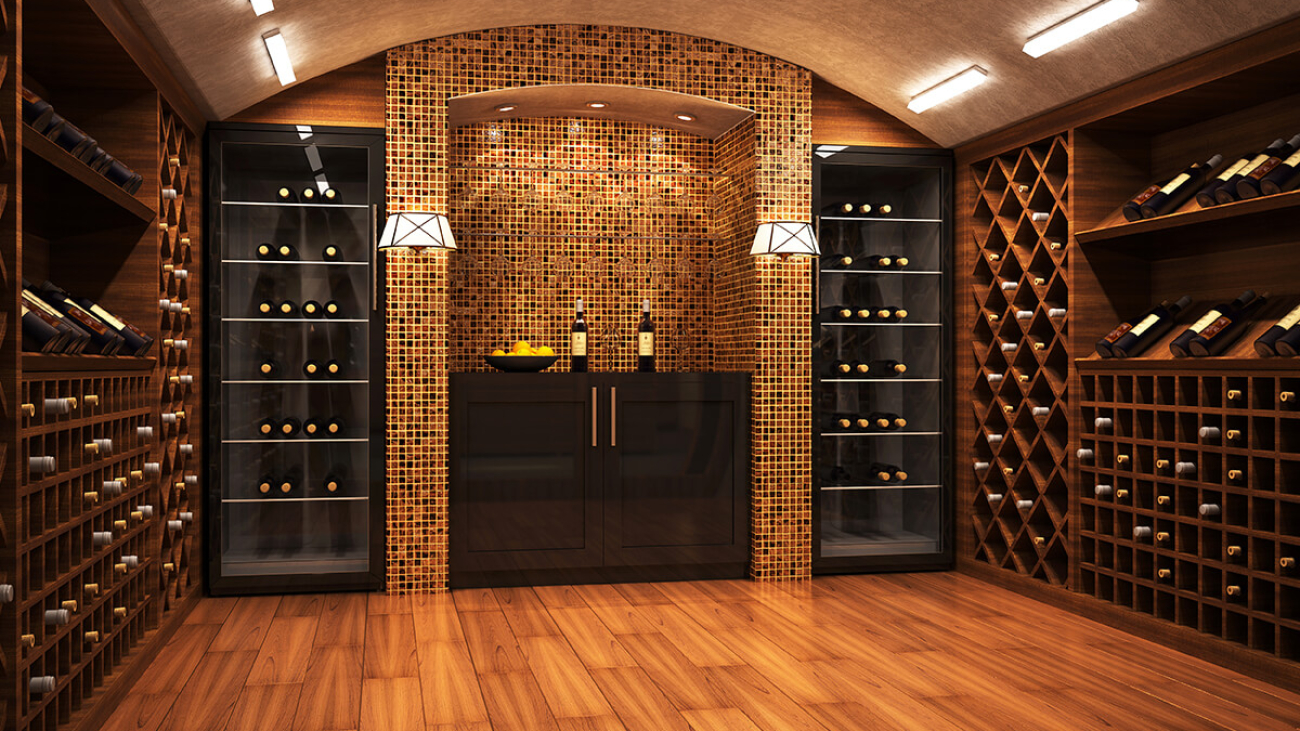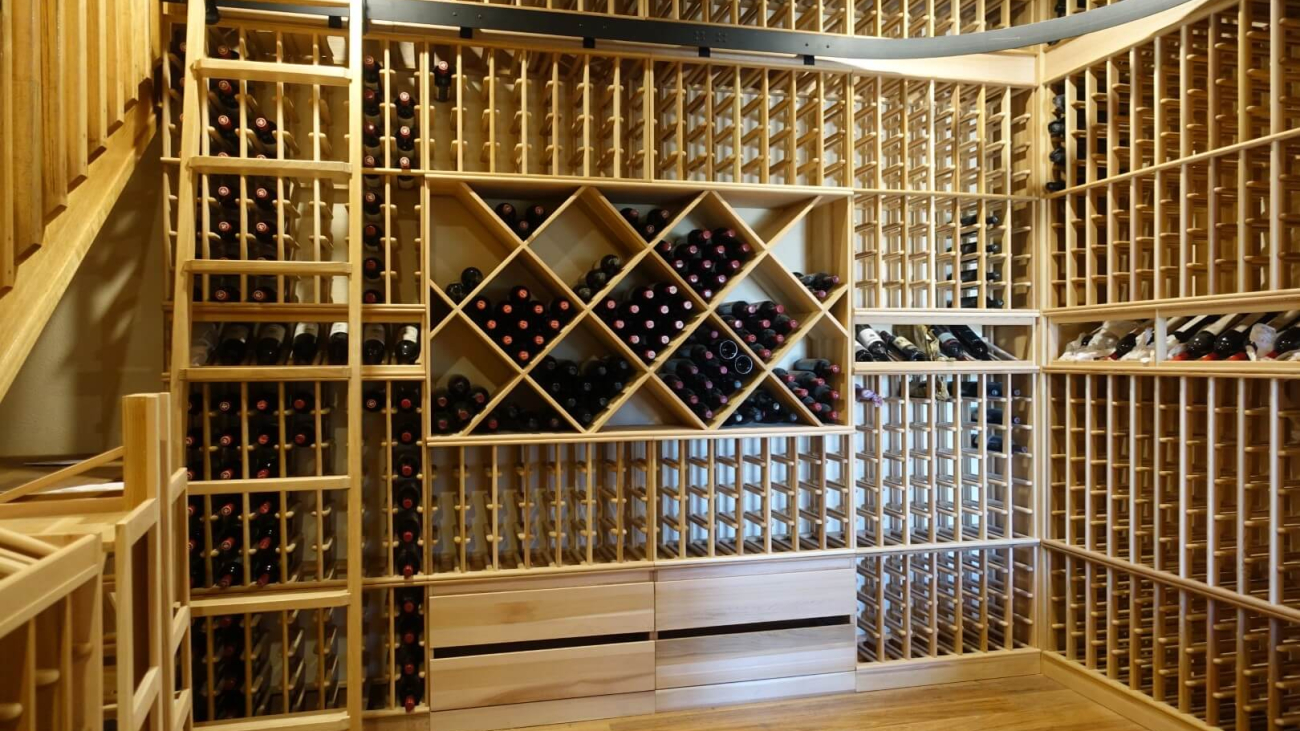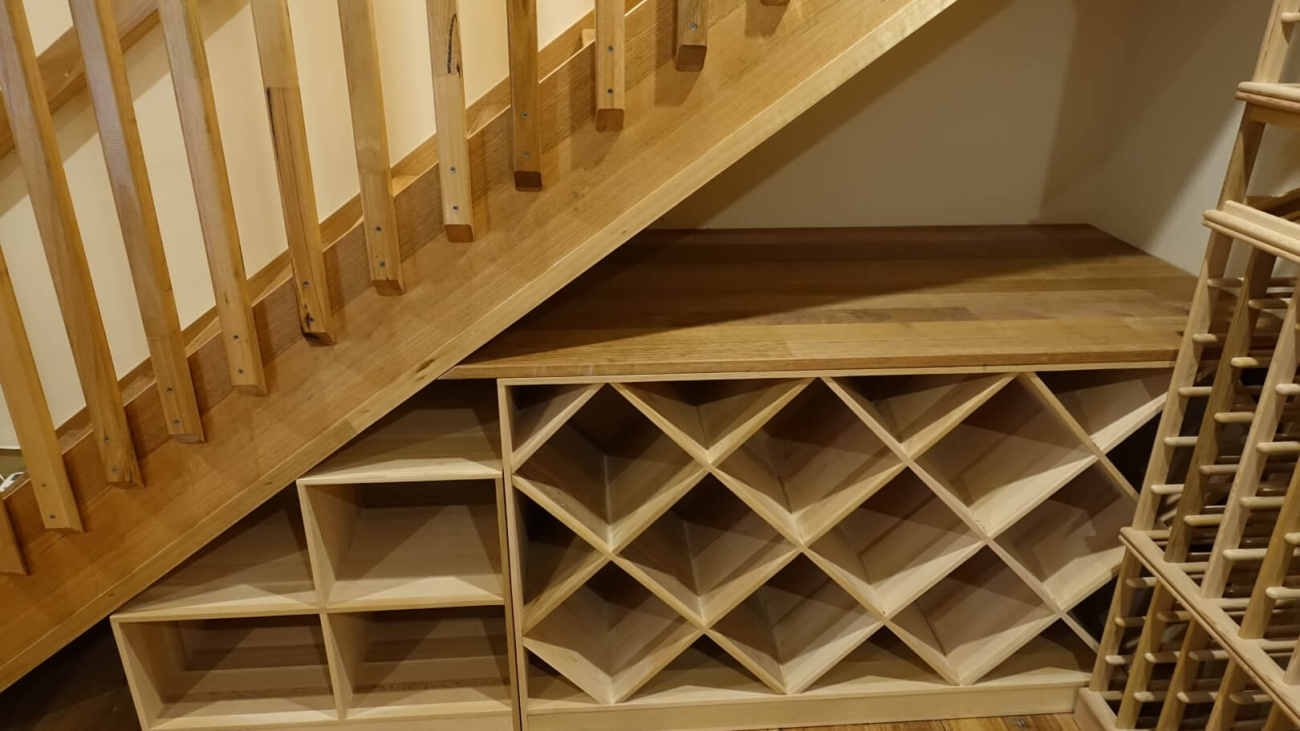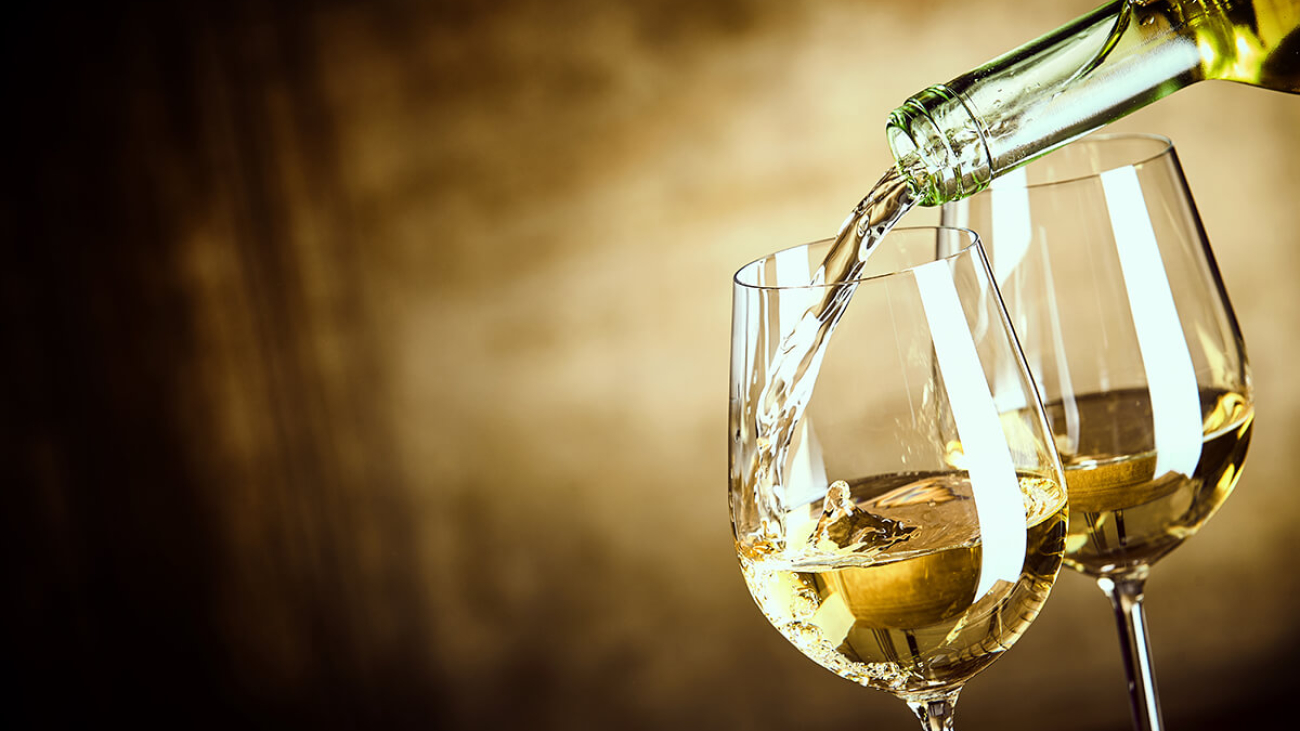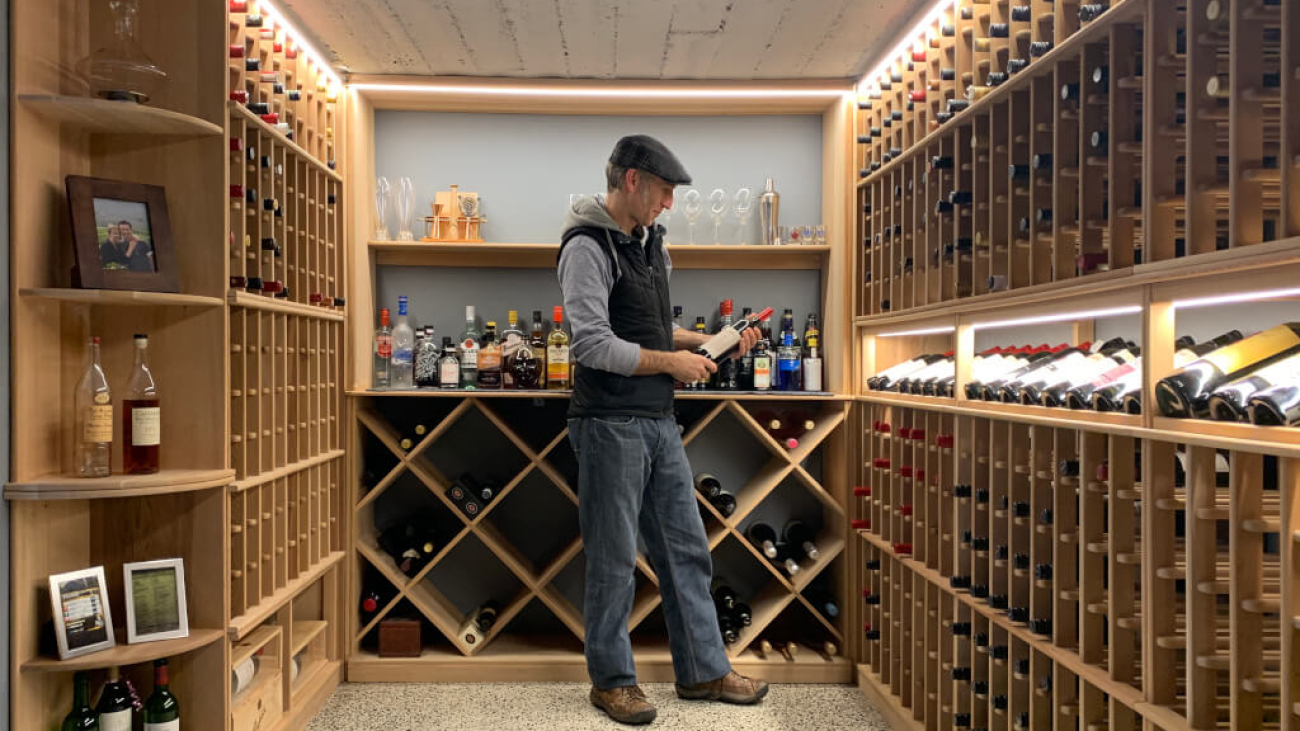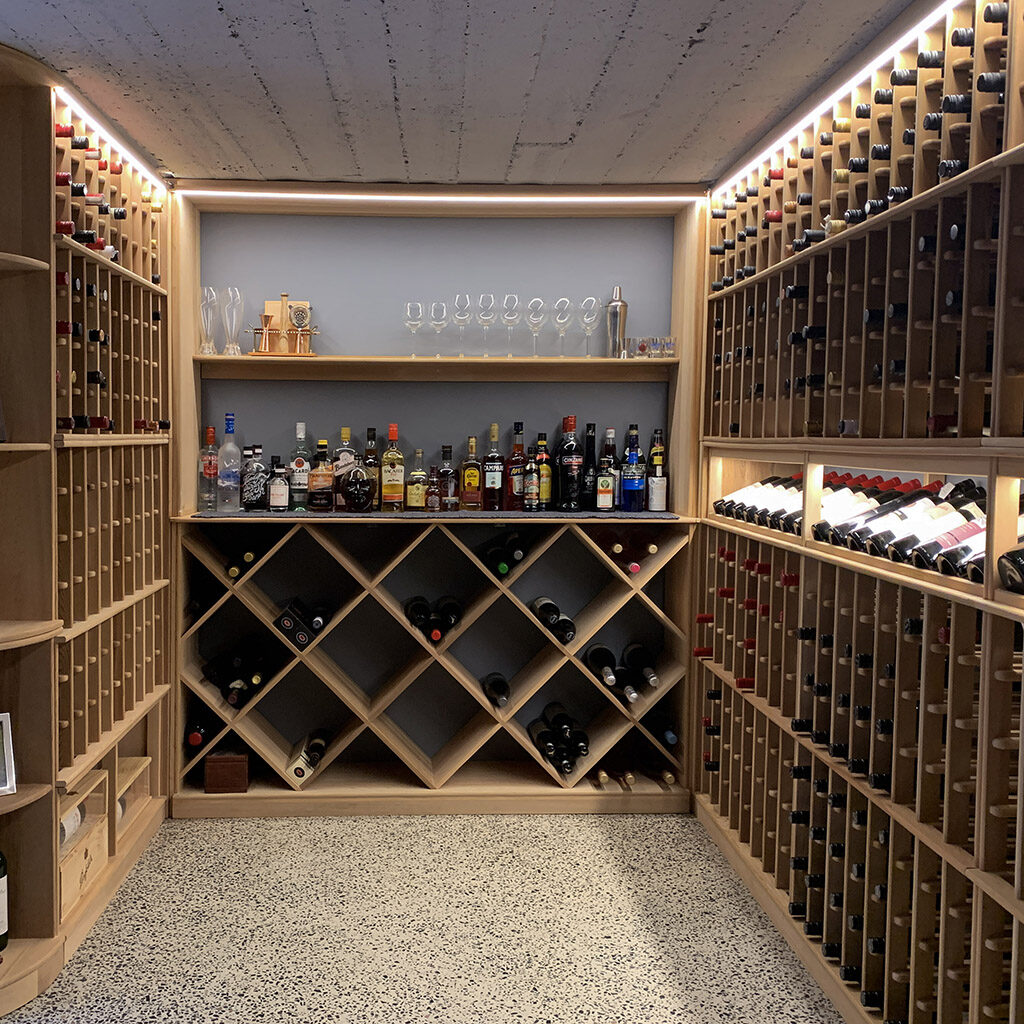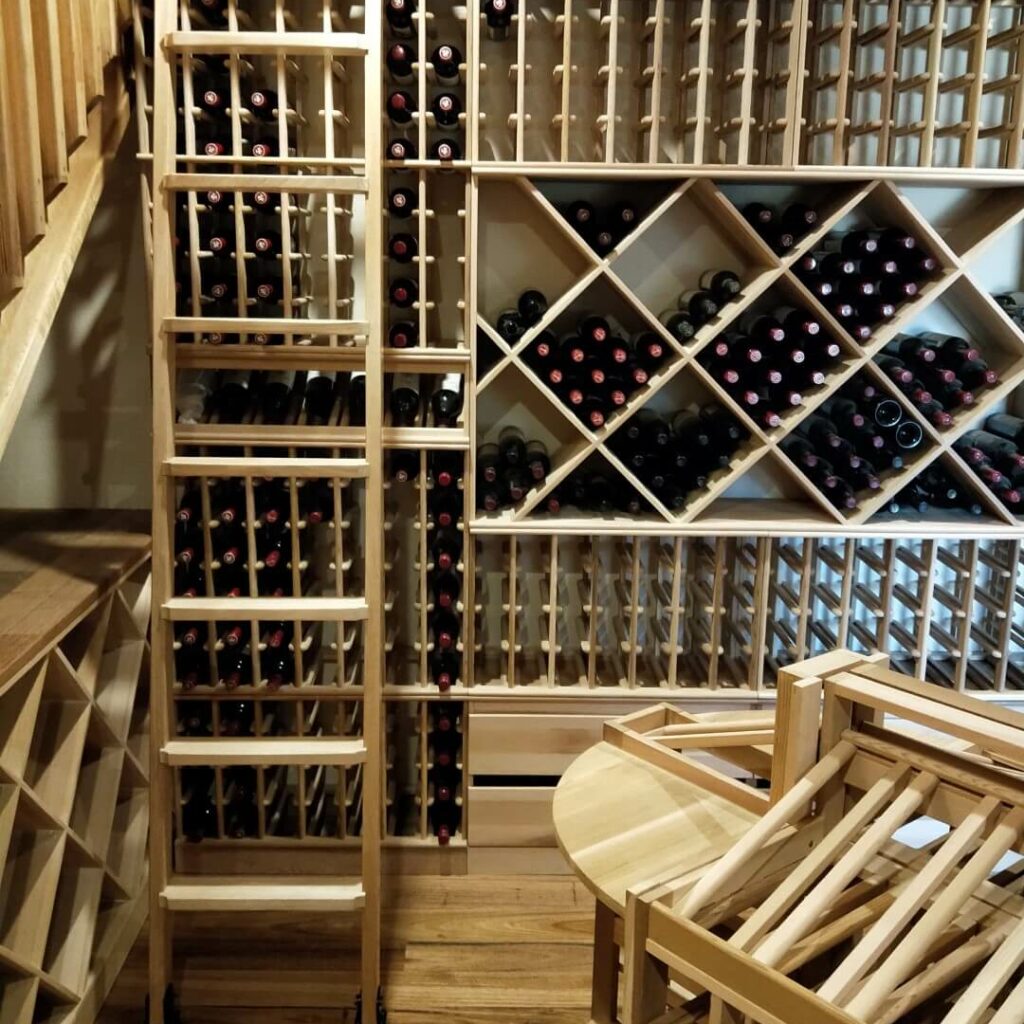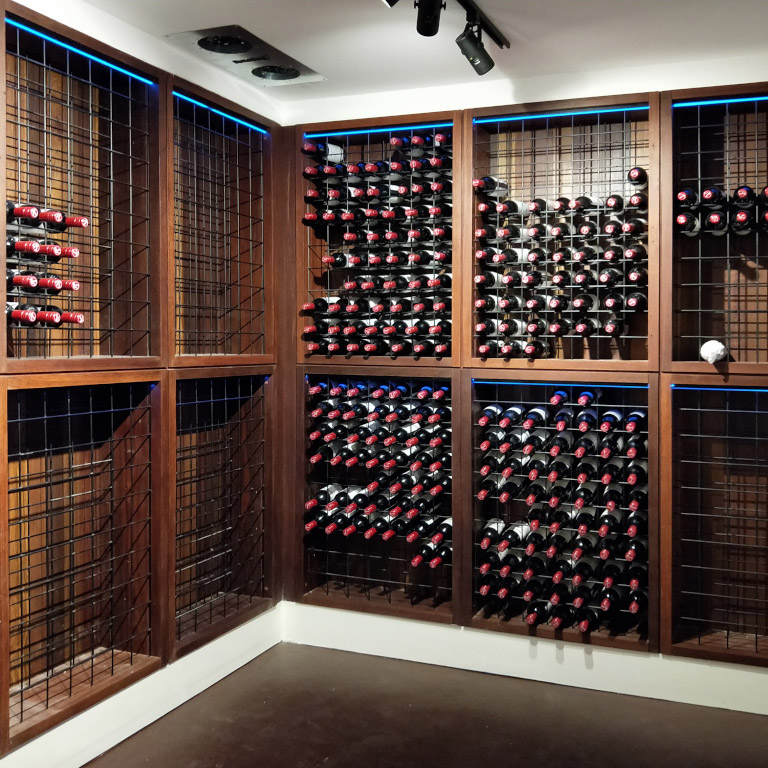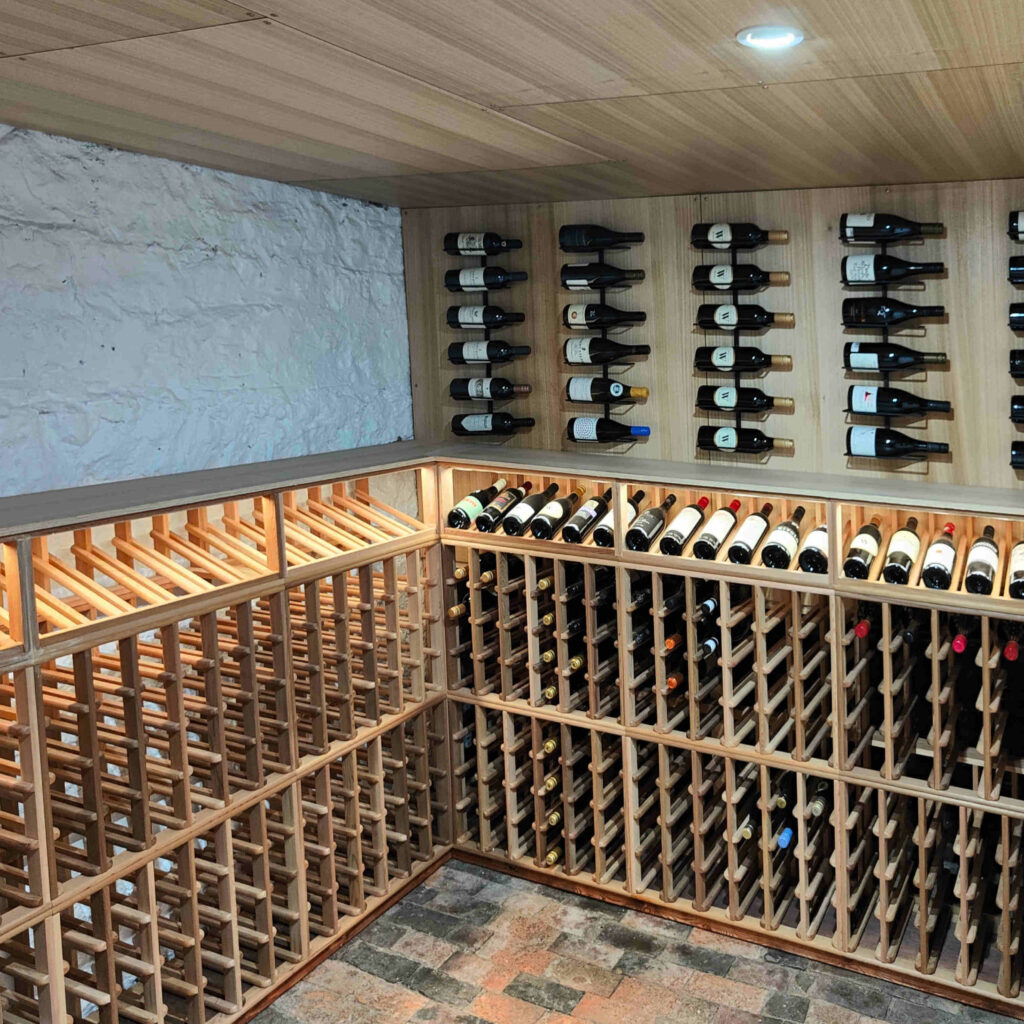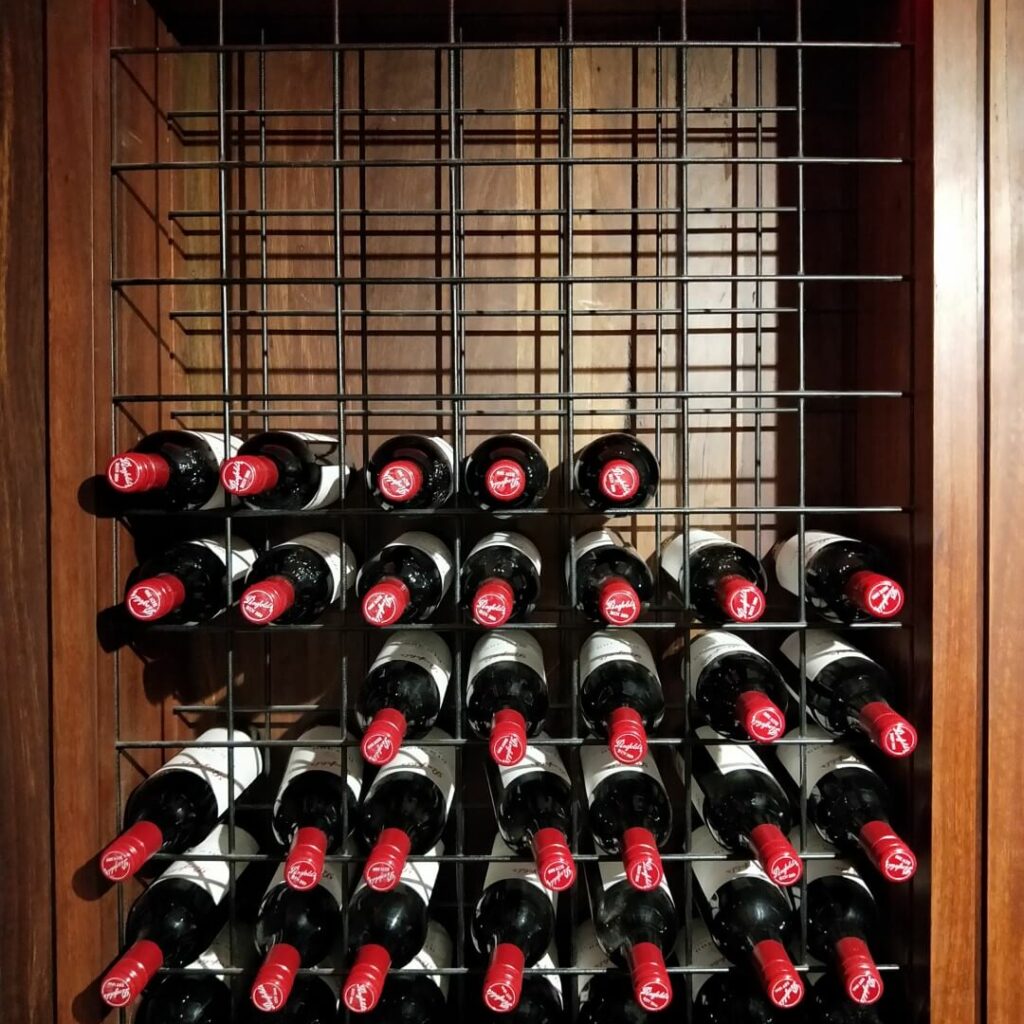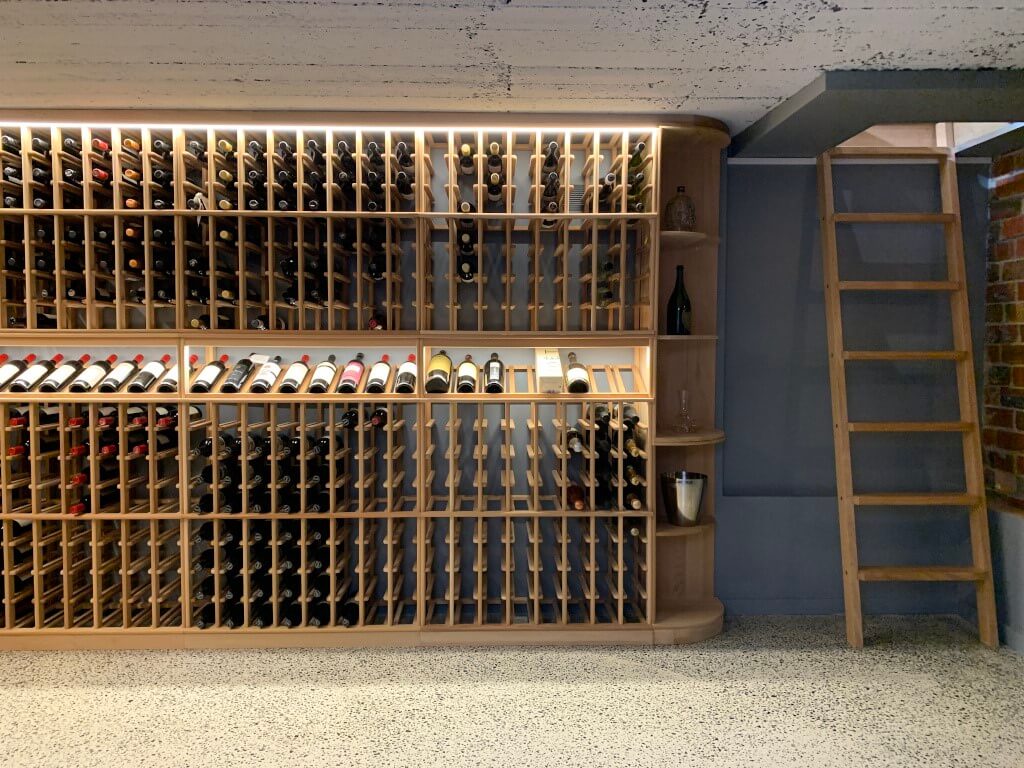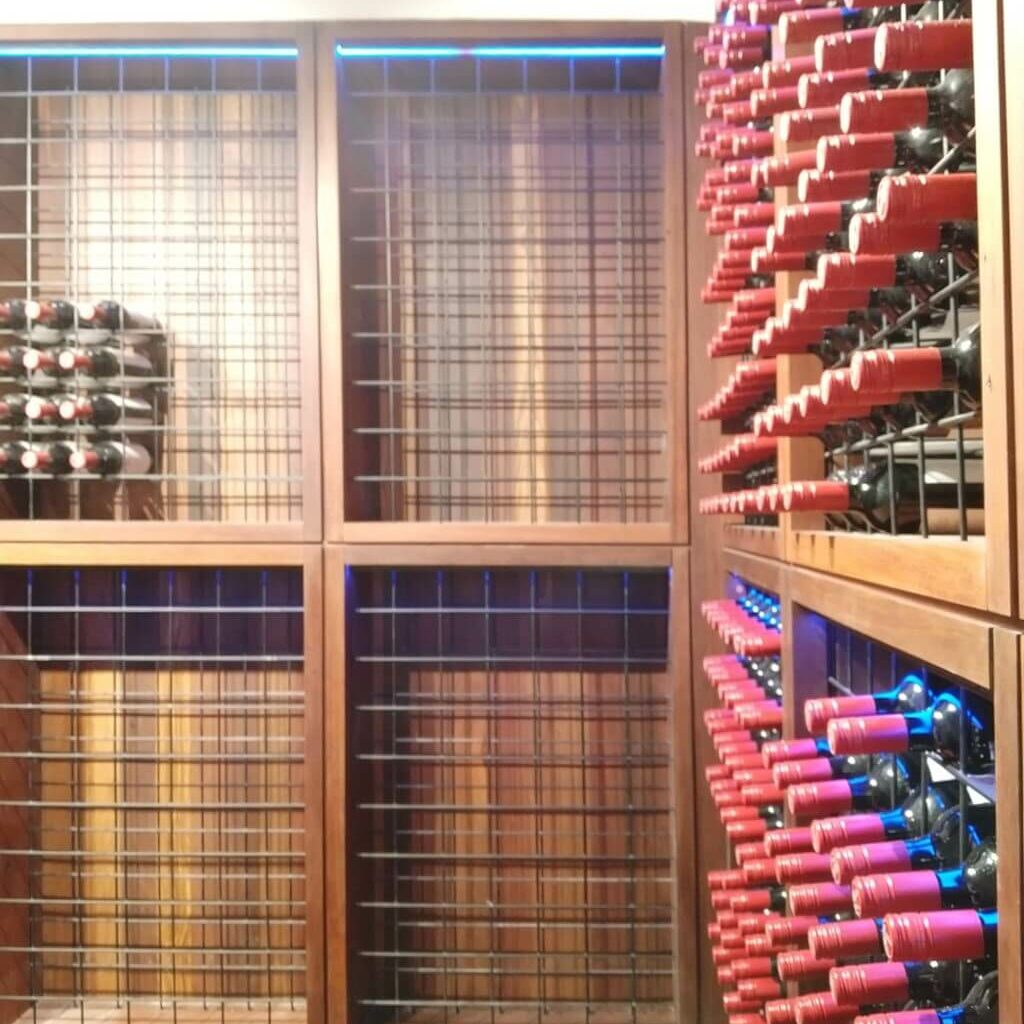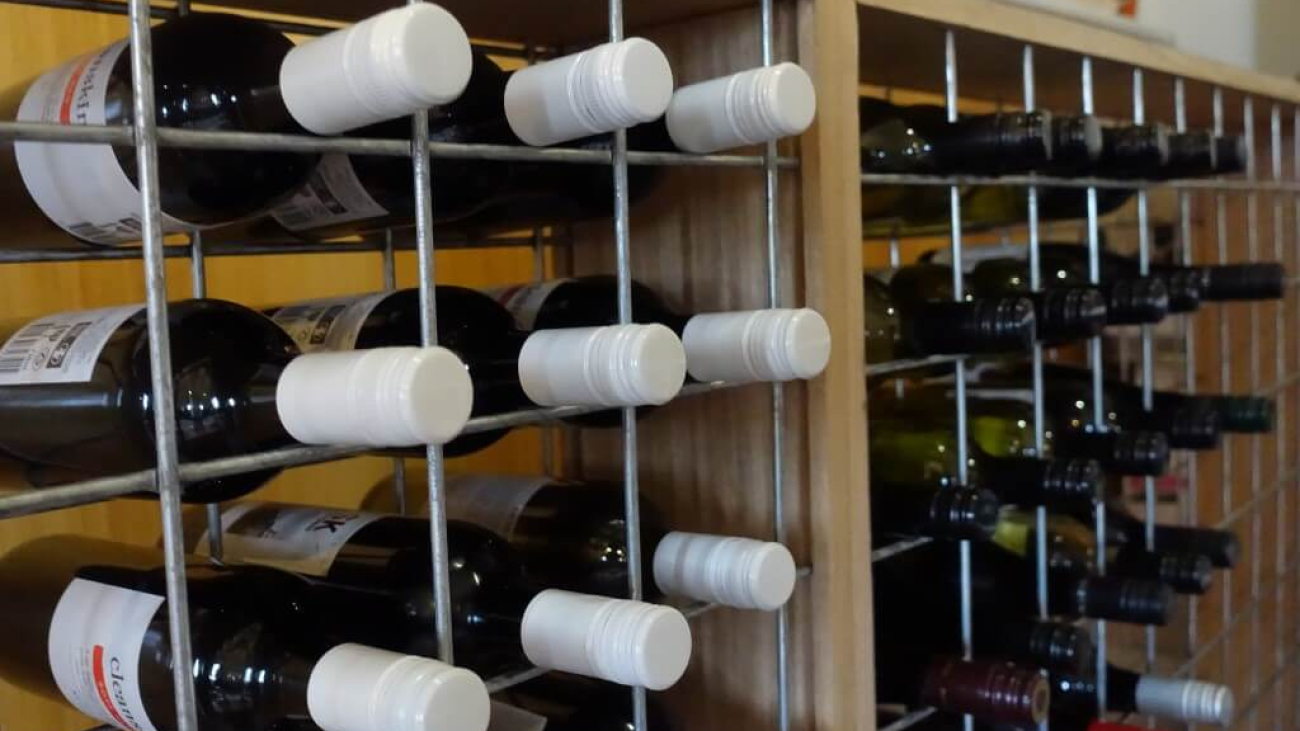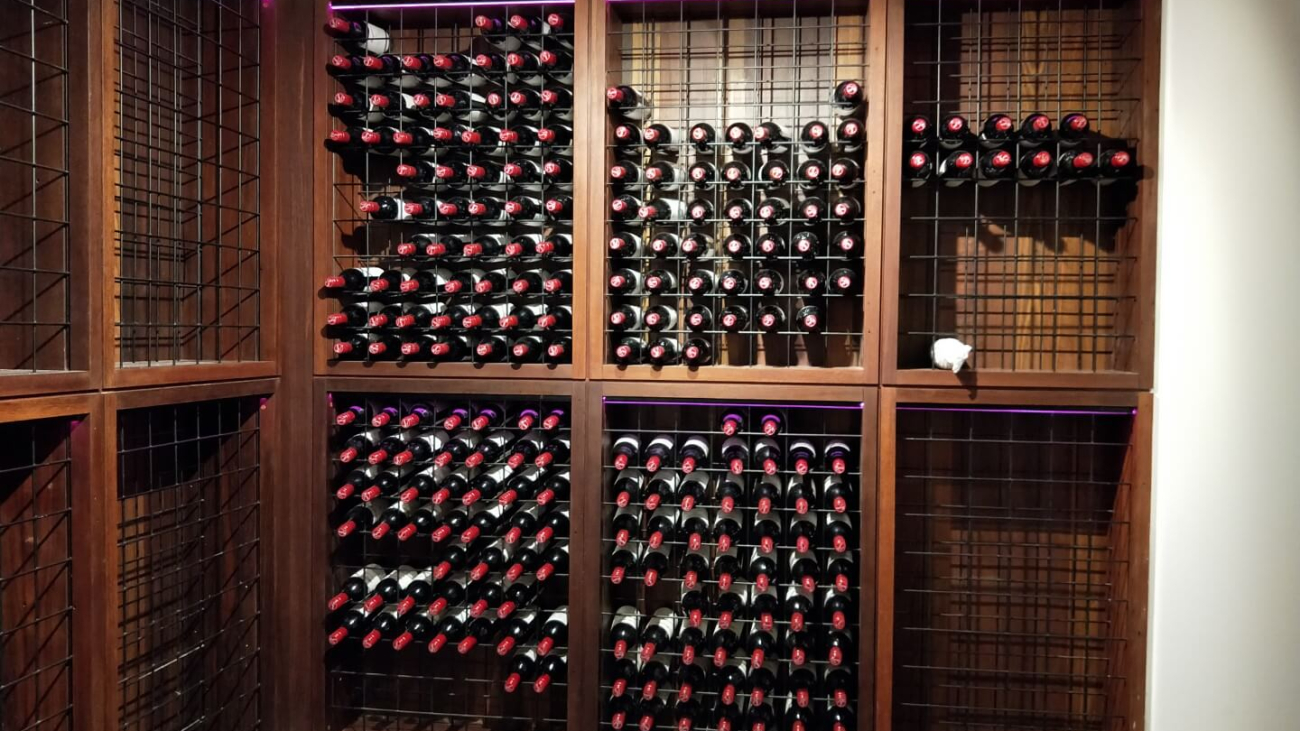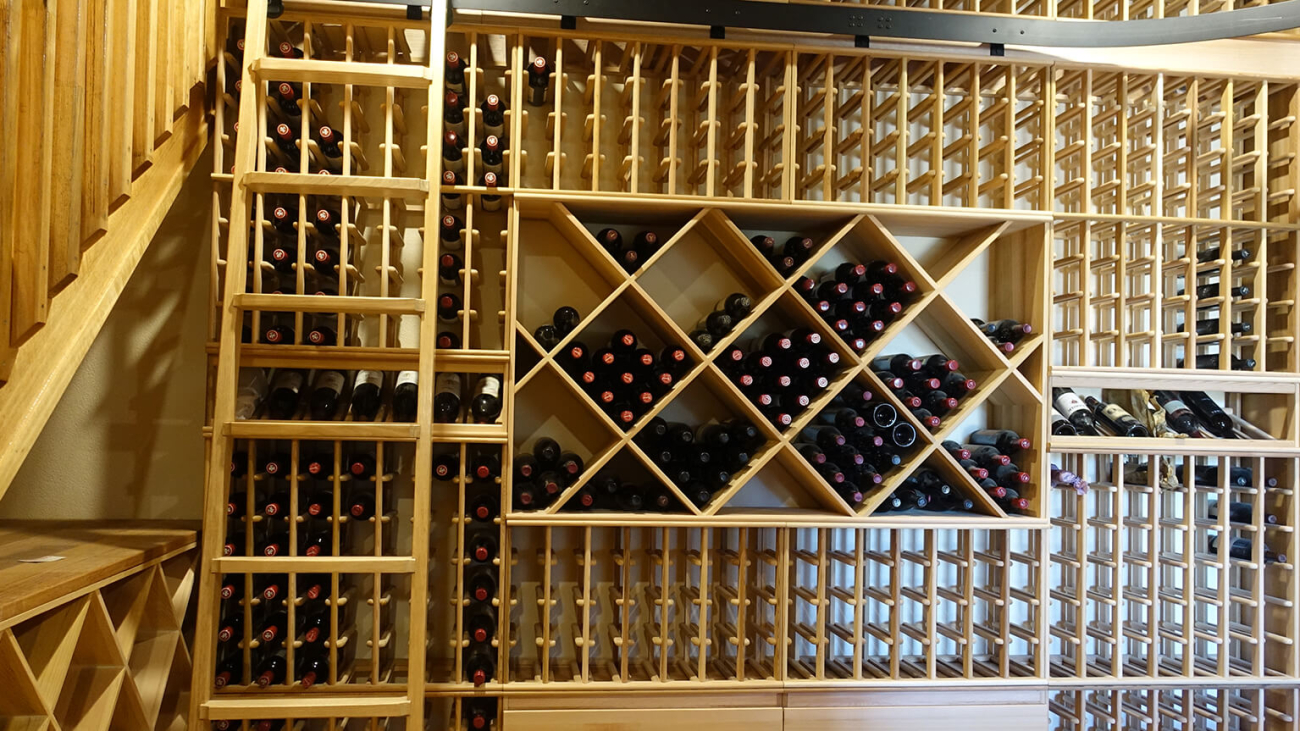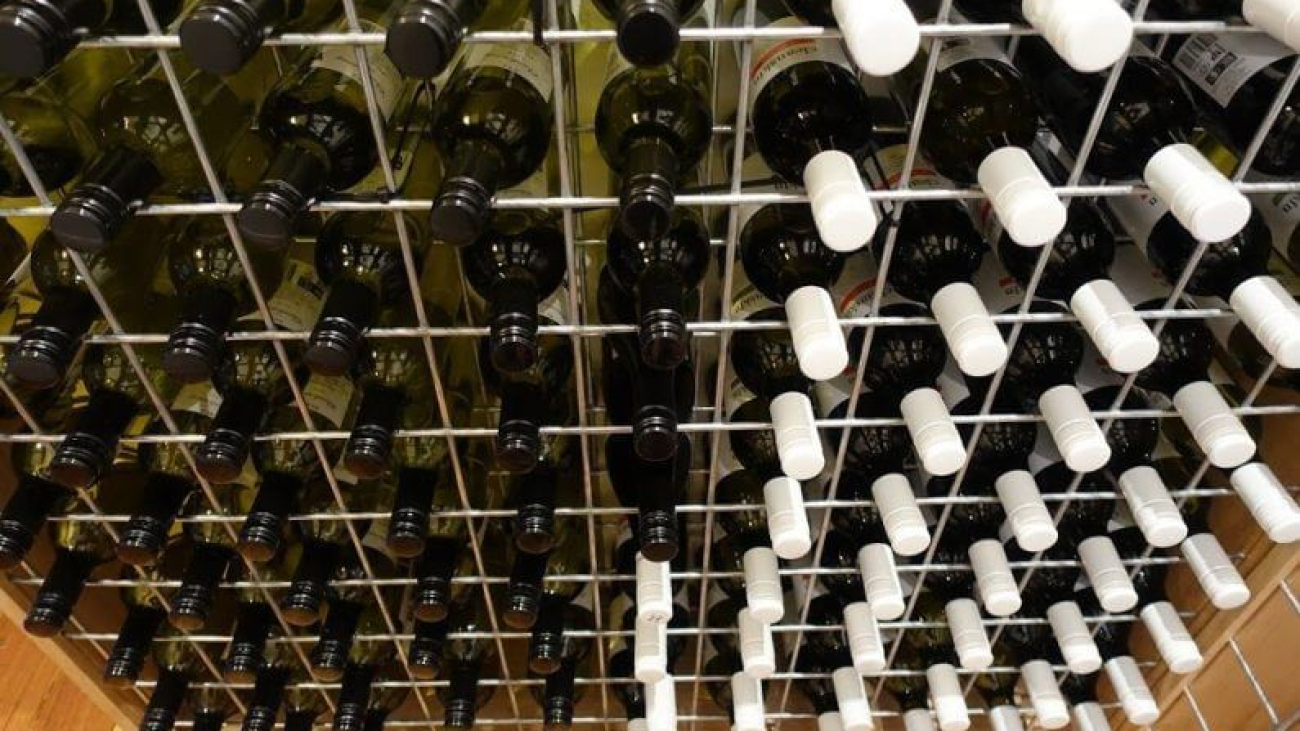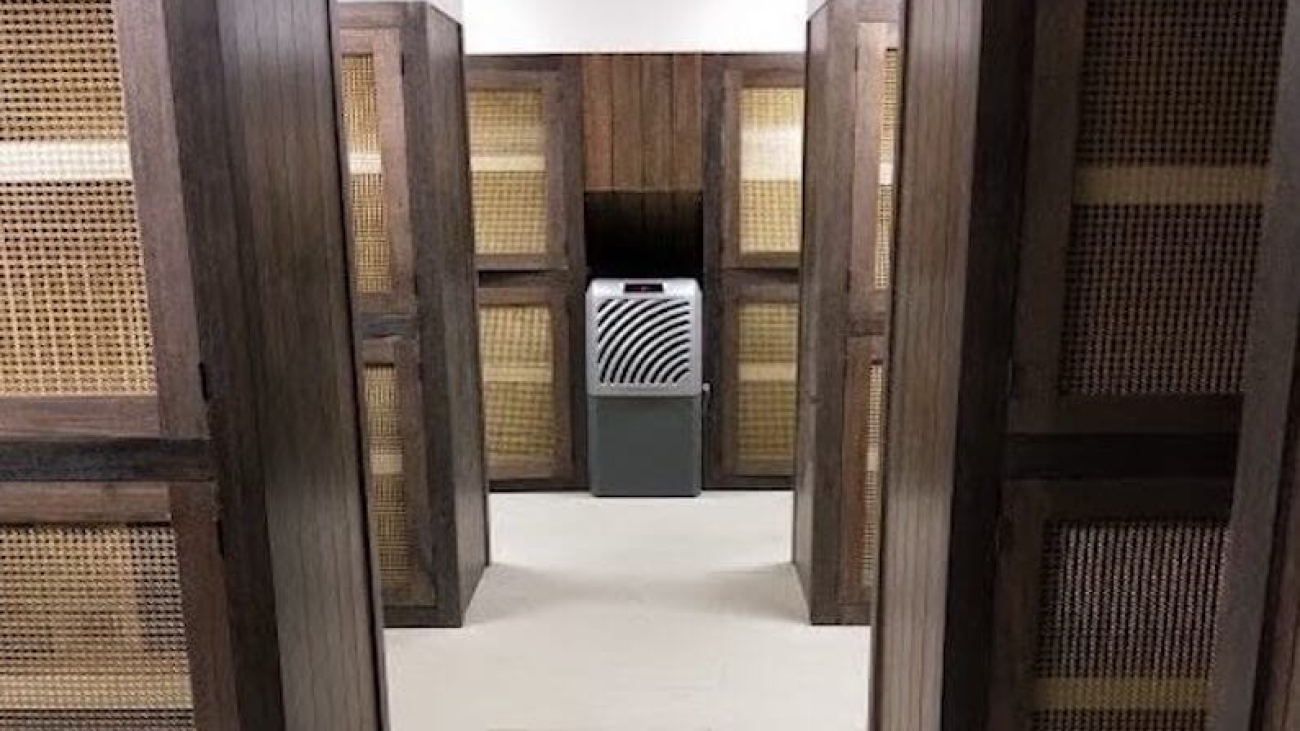Wine Cellars and Wine Fridges server similar yet different purposes when storing wine. The Wine Cellar and Wine Fridge are both designed to maintain your wine at the perfect temperature. The Wine Cellar is a walk in room that can contain from hundreds to thousands of bottles of wine. The wines are all maintained at the same temperature within a wine cellar and depending on the design can accommodate boxes, cartons and beautifully displayed wines. Wine fridges are designed to maintain wines at a specific temperature but for smaller numbers of bottles. The modern wine fridges are designed with split level temperature control to allow for the storage of both white and red wines at different temperatures within the same unit. This allows for the storage of Red Wines at the optimum temperature of 14-16 degrees while storing the white wine and Champagne in the same wine fridge at the optimum temperature of 6-8 degrees. Wine fridges can also be used to set the drinking temperature for wines to prepare the wine for optimum drinking. Full bodied red wines such as Shiraz and Cabernet Sauvignon should be served between 16 – 18 degrees, while lighter bodied reds like Pinot Noir should be served at a cooler 12-14 degrees. Aromatic whites such as Sauvignon Blanc and Pinot Gris are best enjoyed when lightly chilled to 6-8 degrees. The split level wine fridge allows for this specific variant of temperature.
The Wine Cellar can be located at any point within a house and can be both a feature of a property and a practical method of Wine Storage that allows your wine collection to mature, develop and increase in value. Although the wine fridge can be located almost anywhere in a property it should never be located within a wine cellar. The heat and vibration generated from the motor of the wine fridge will adversely impact on the optimum conditions within the wine cellar.
Both the wine fridge and wine cellar have their place in the storage of fine wine. When used in combination they compliment each other, the fridge allowing for ease of access and precise temperature control while the wine cellar allows for bulk storage and can be a significant asset to a property.

